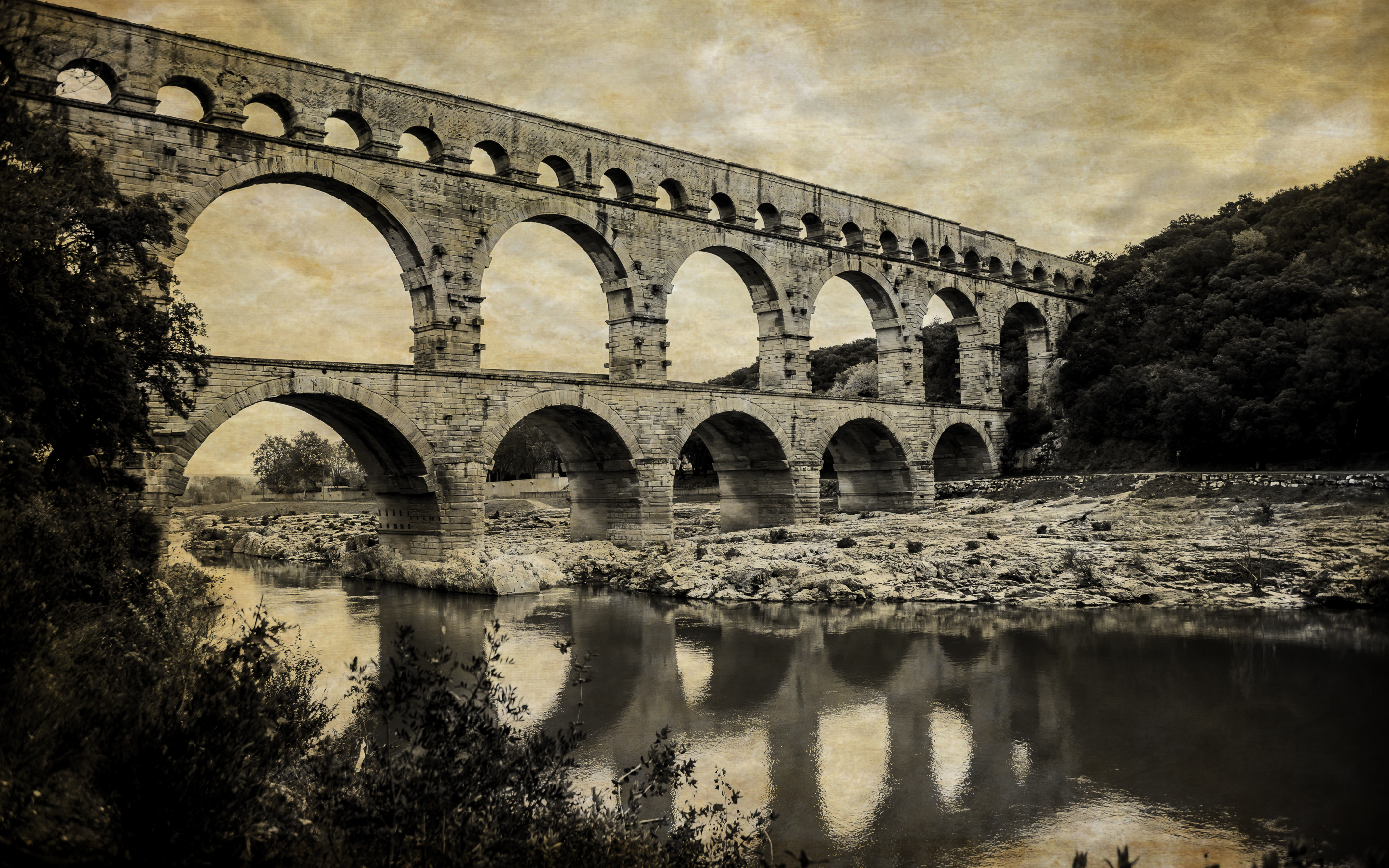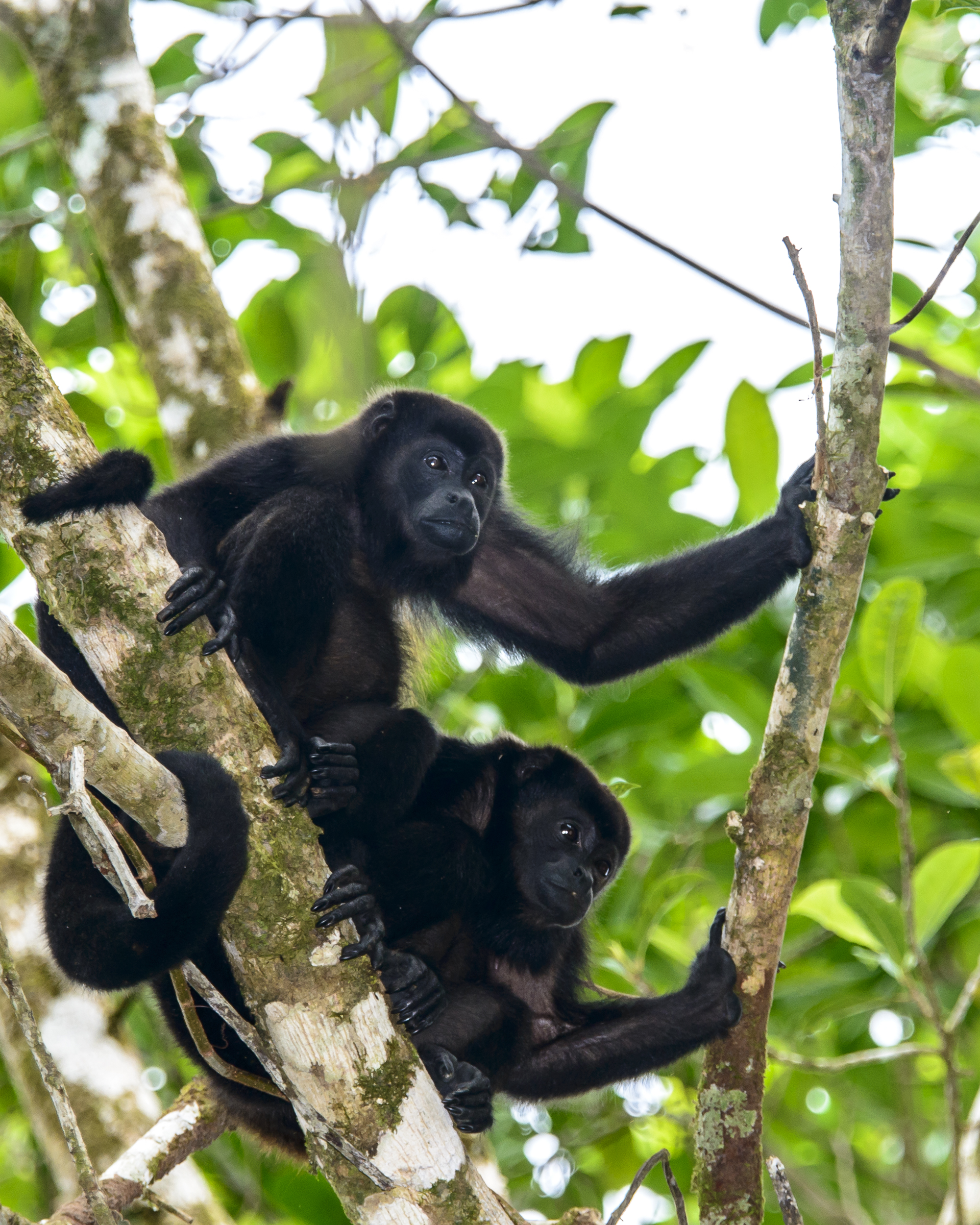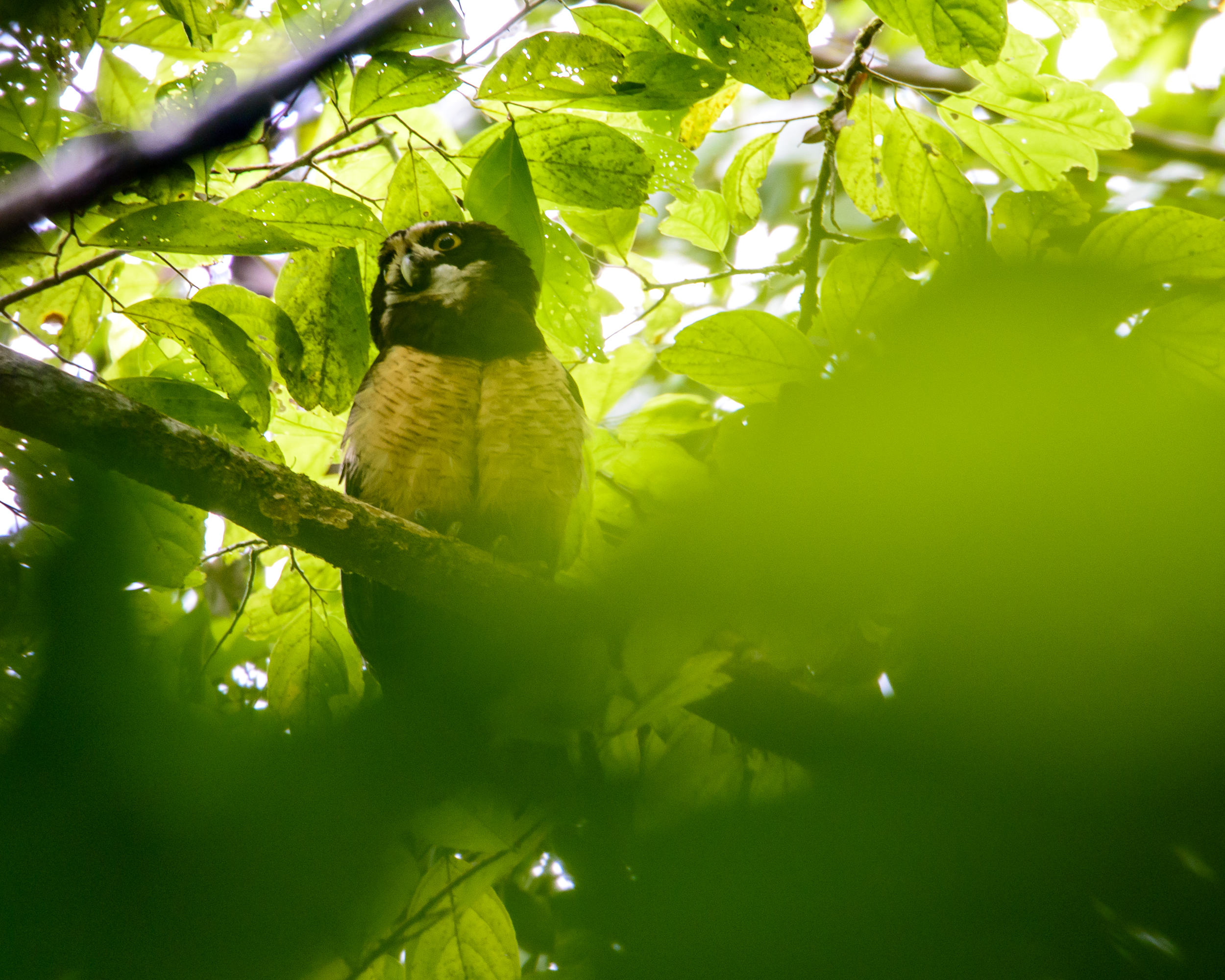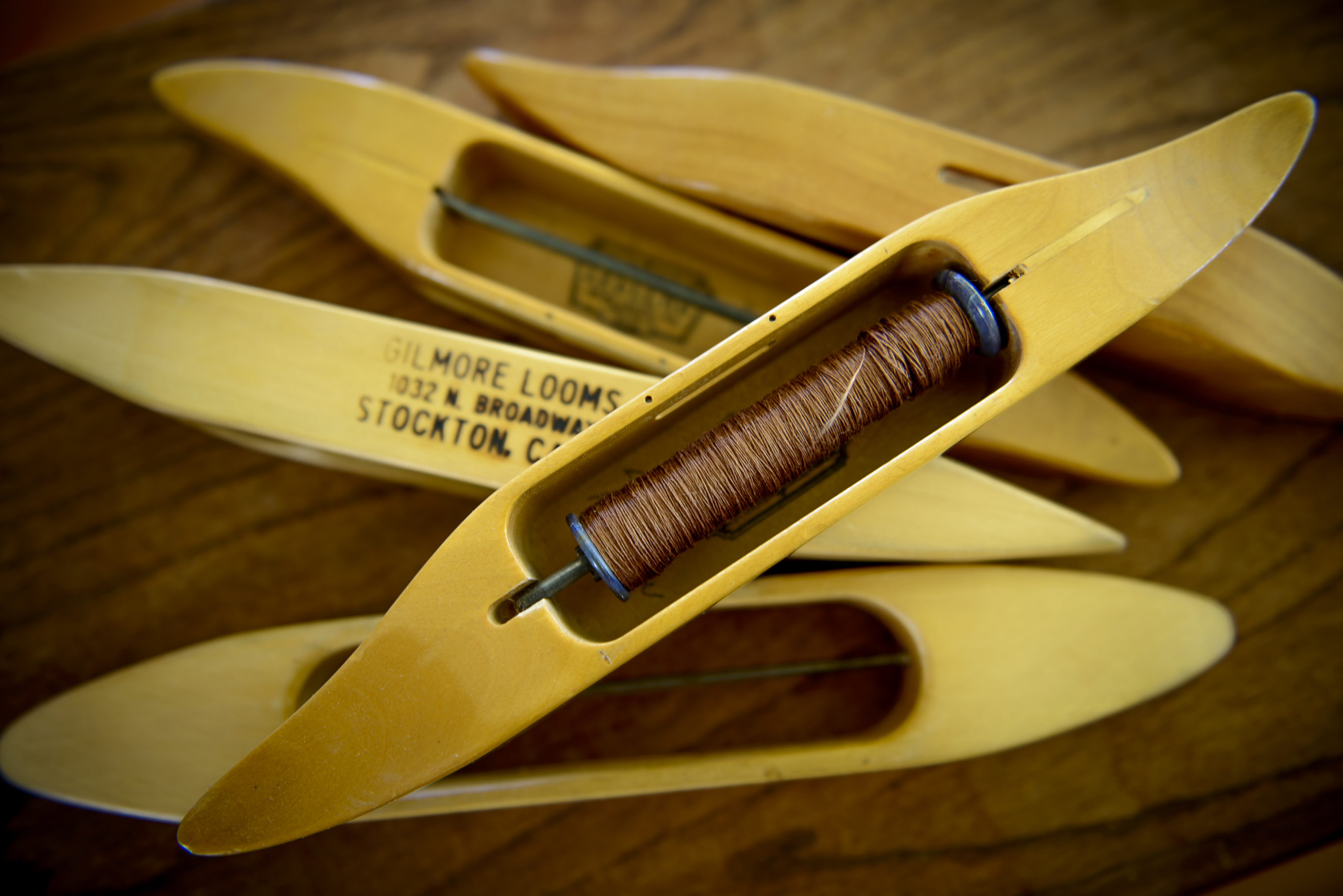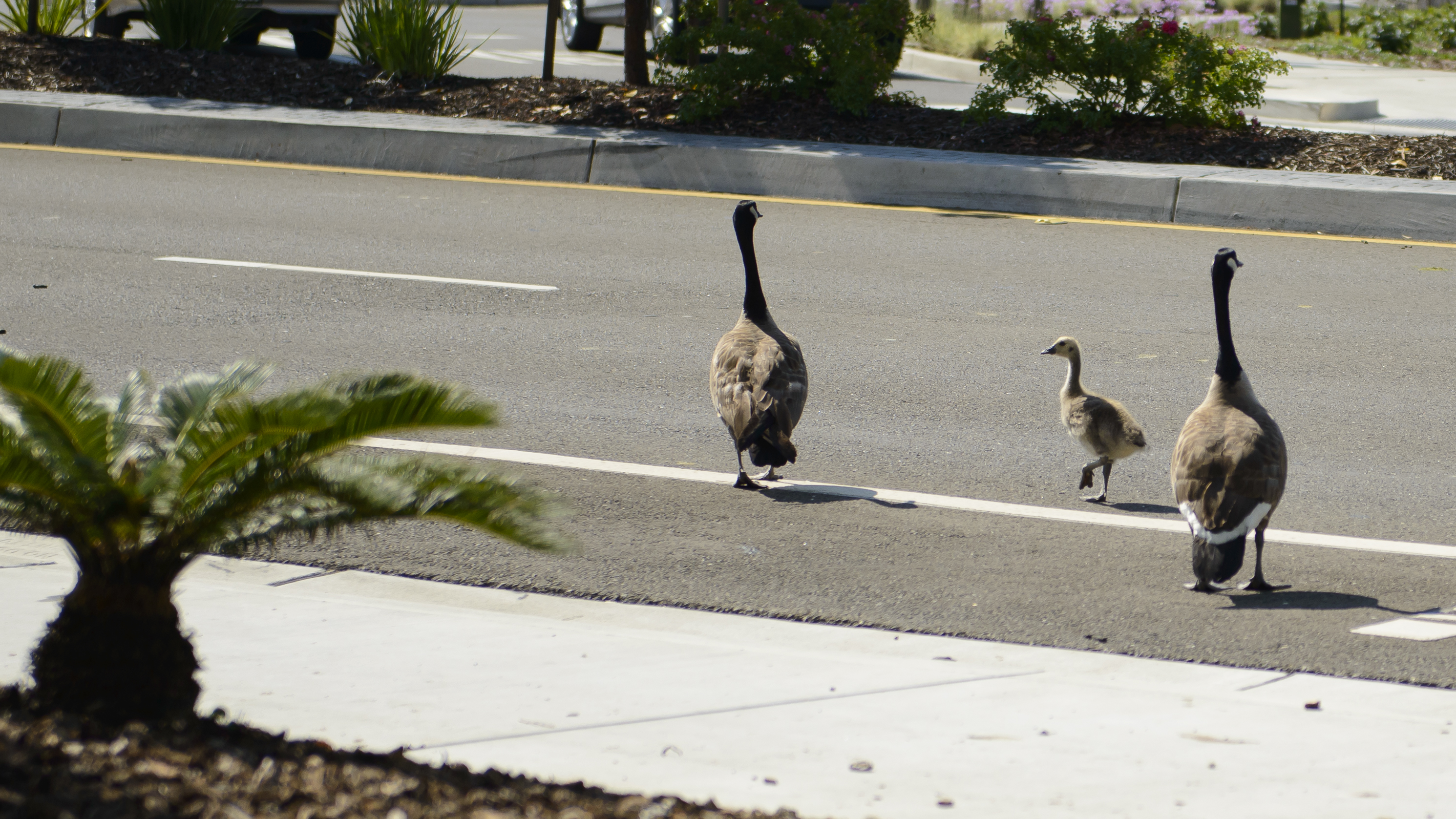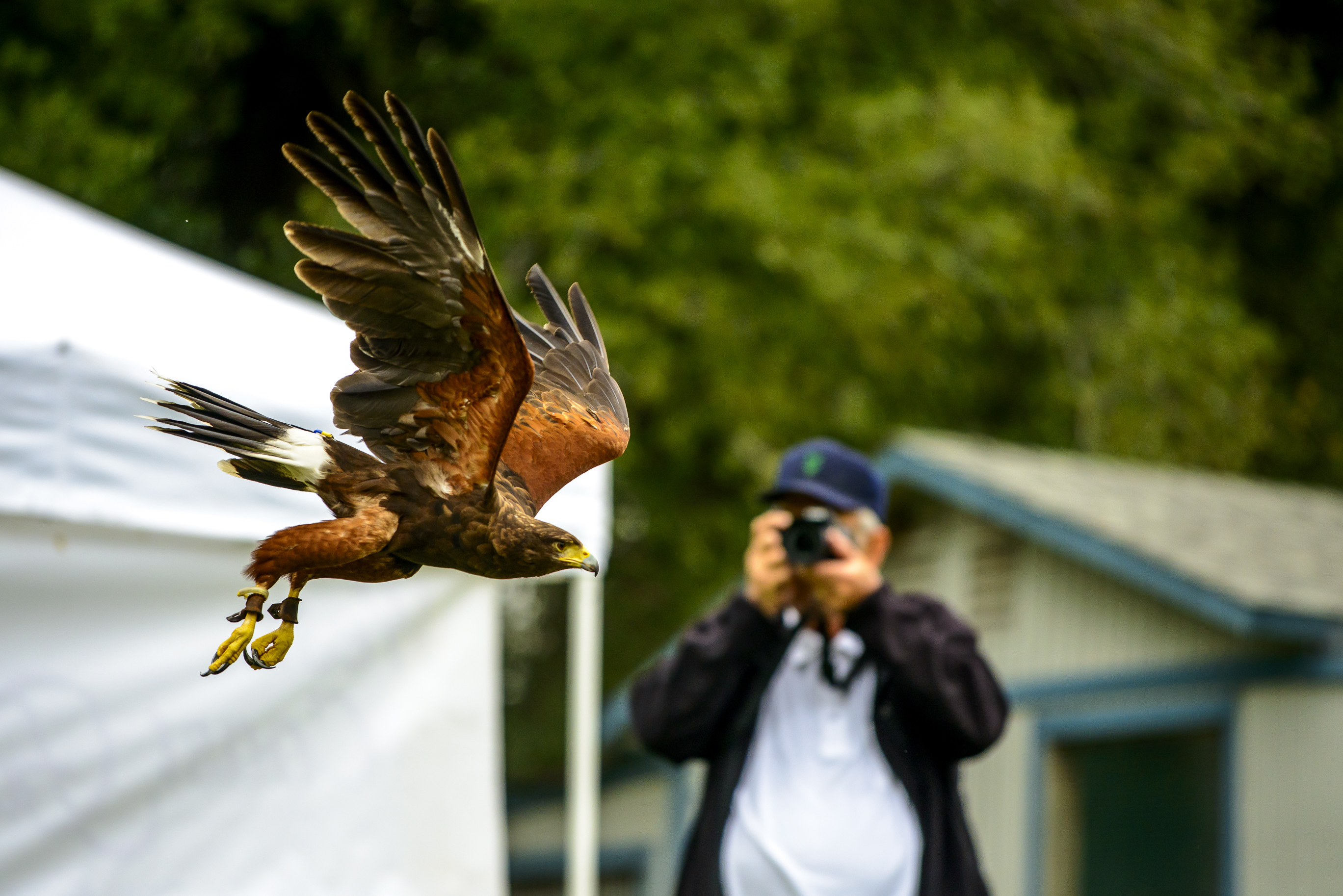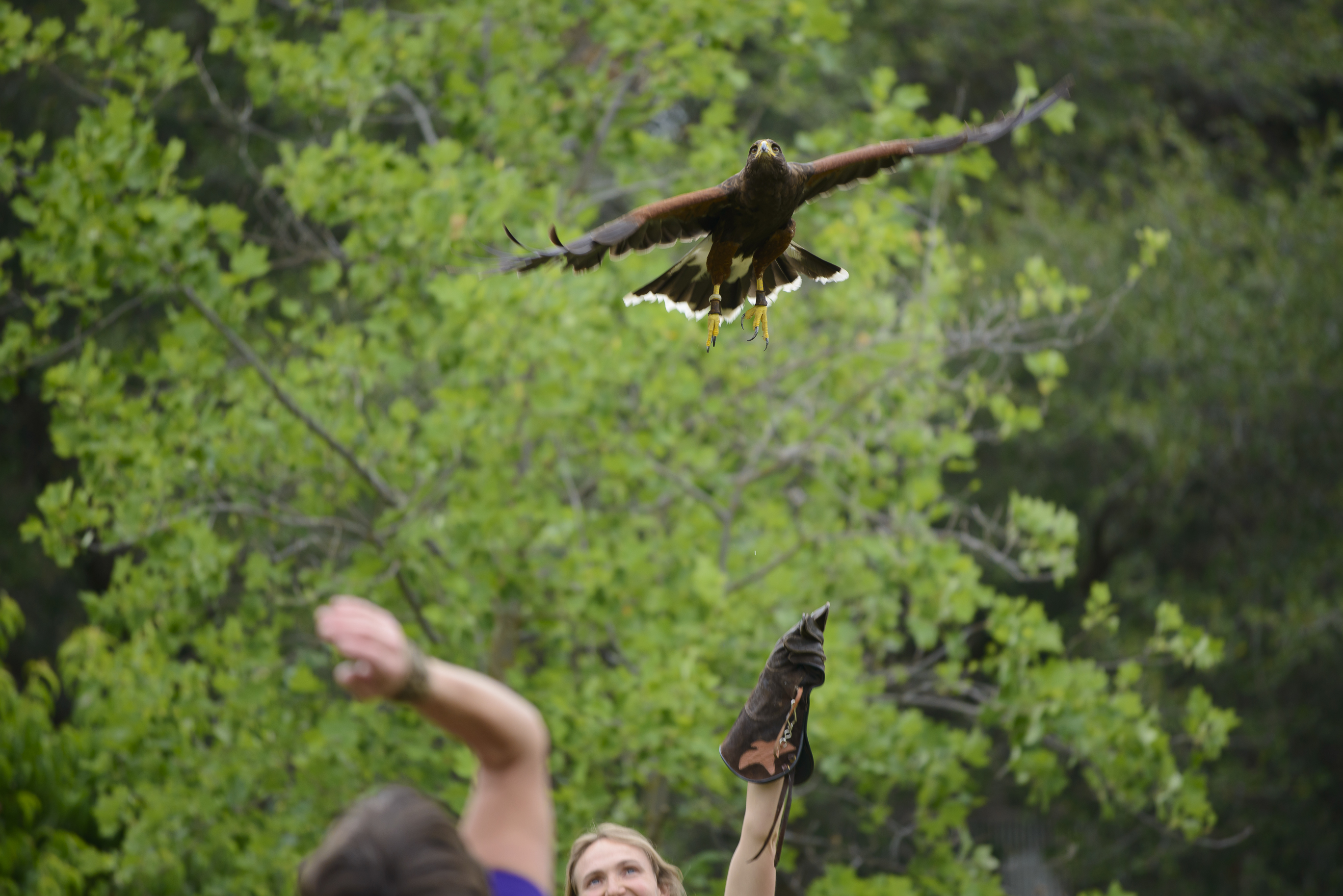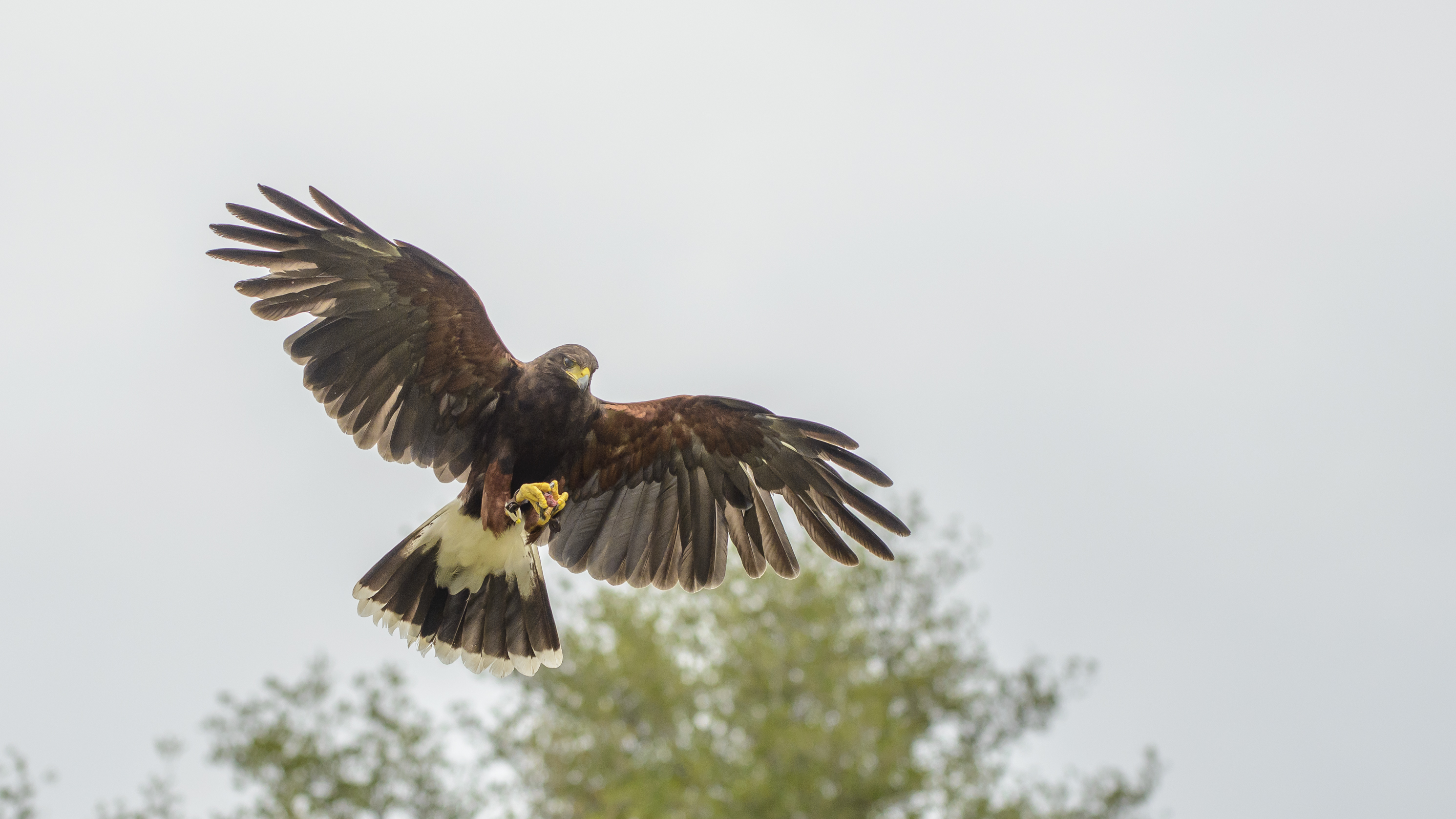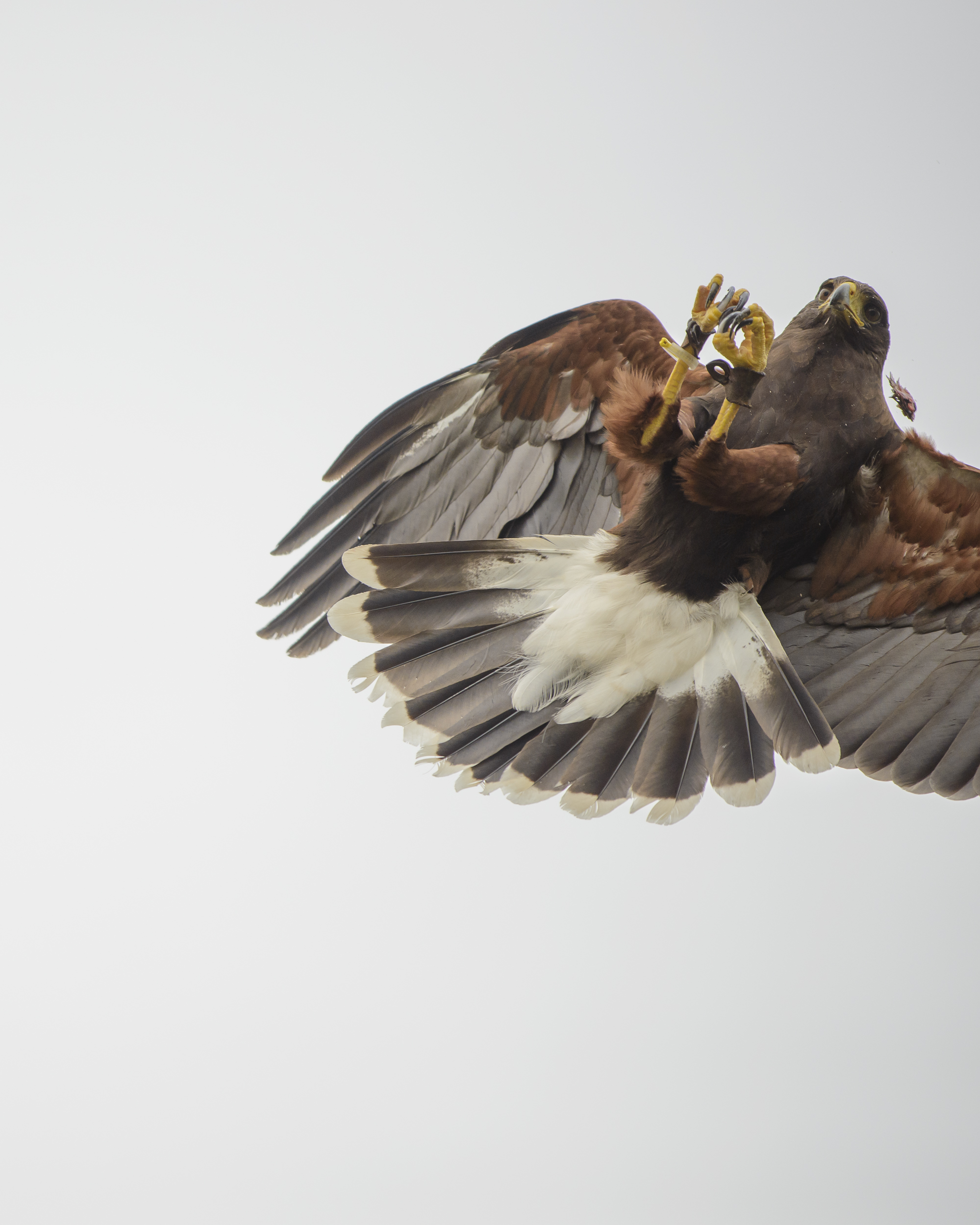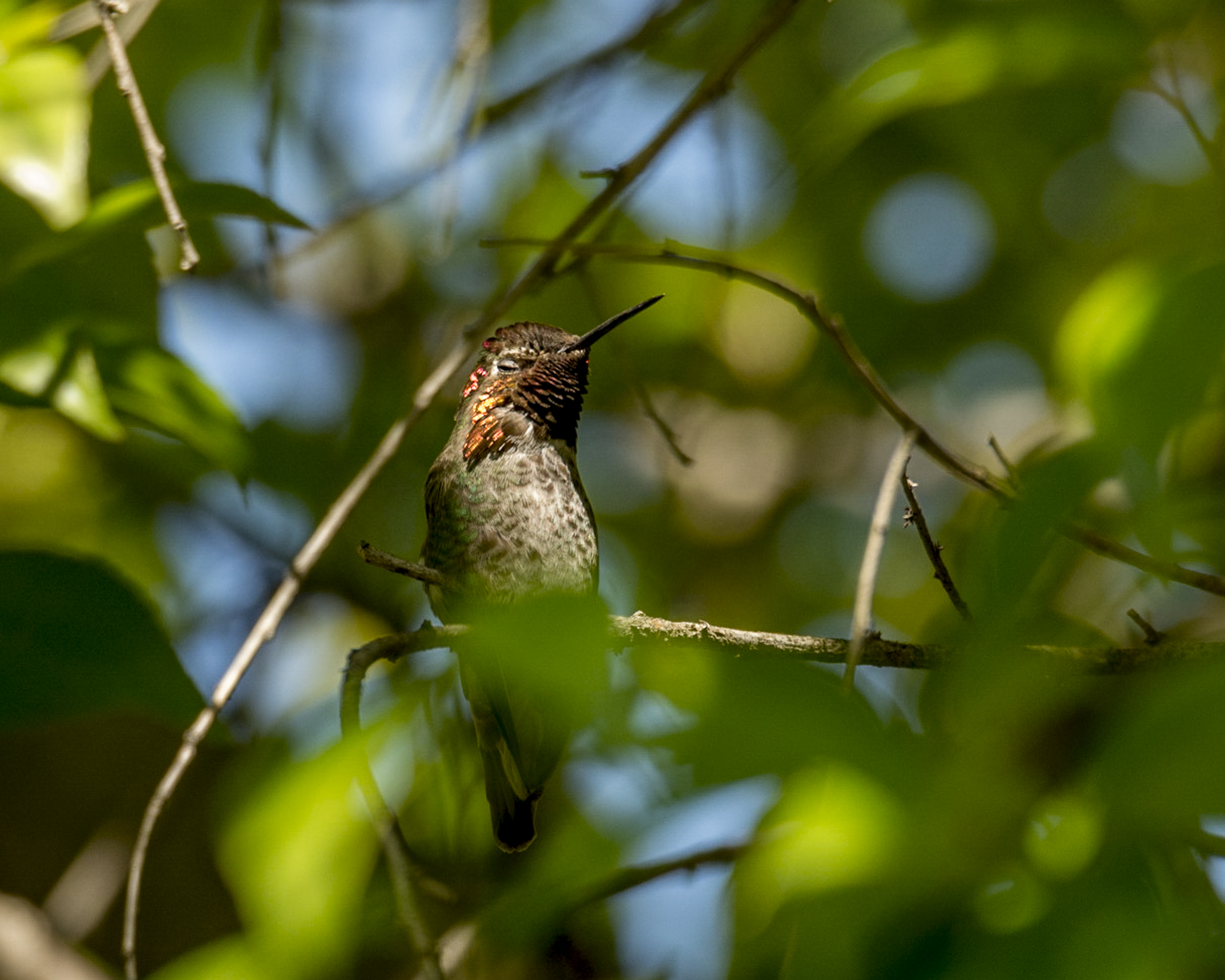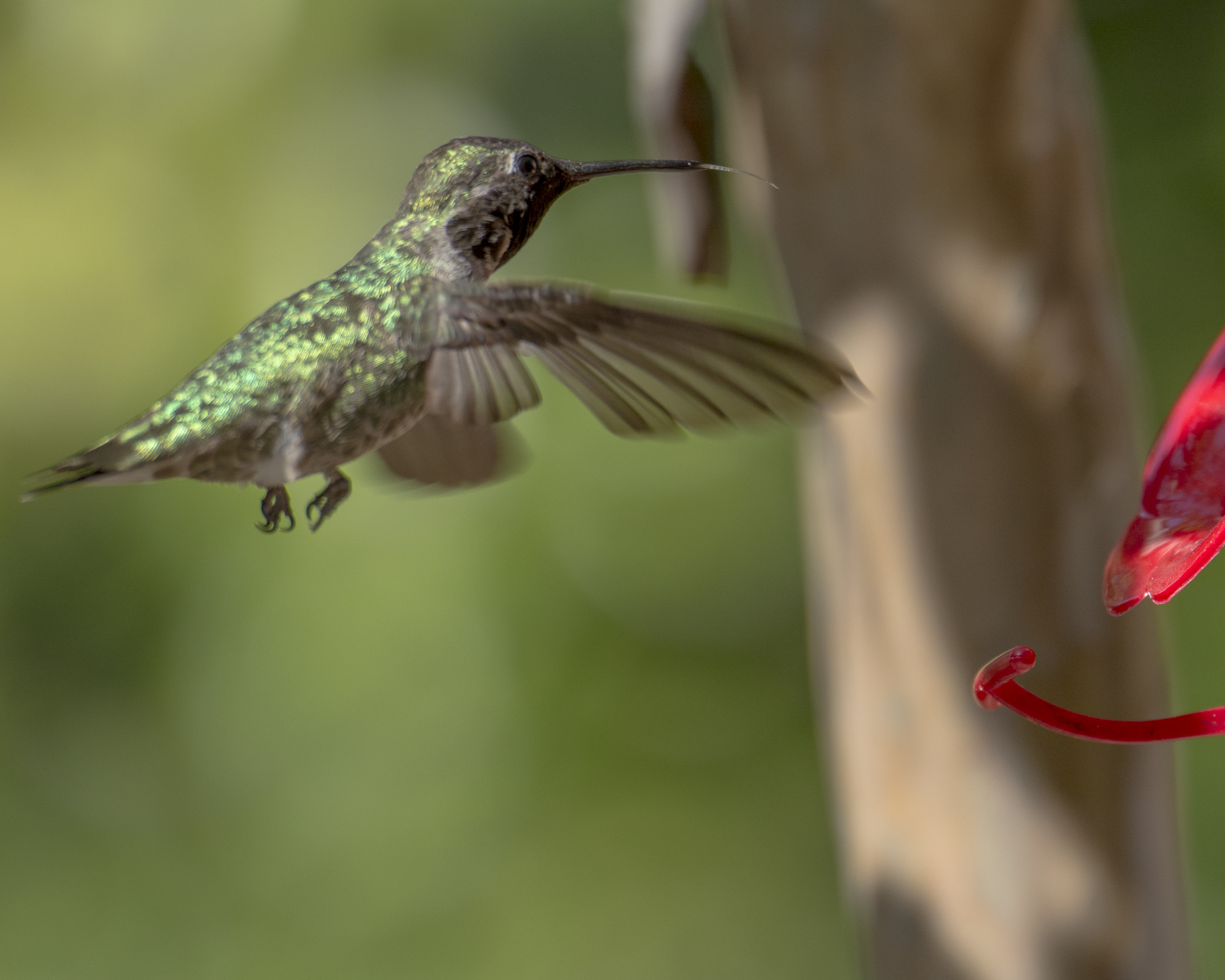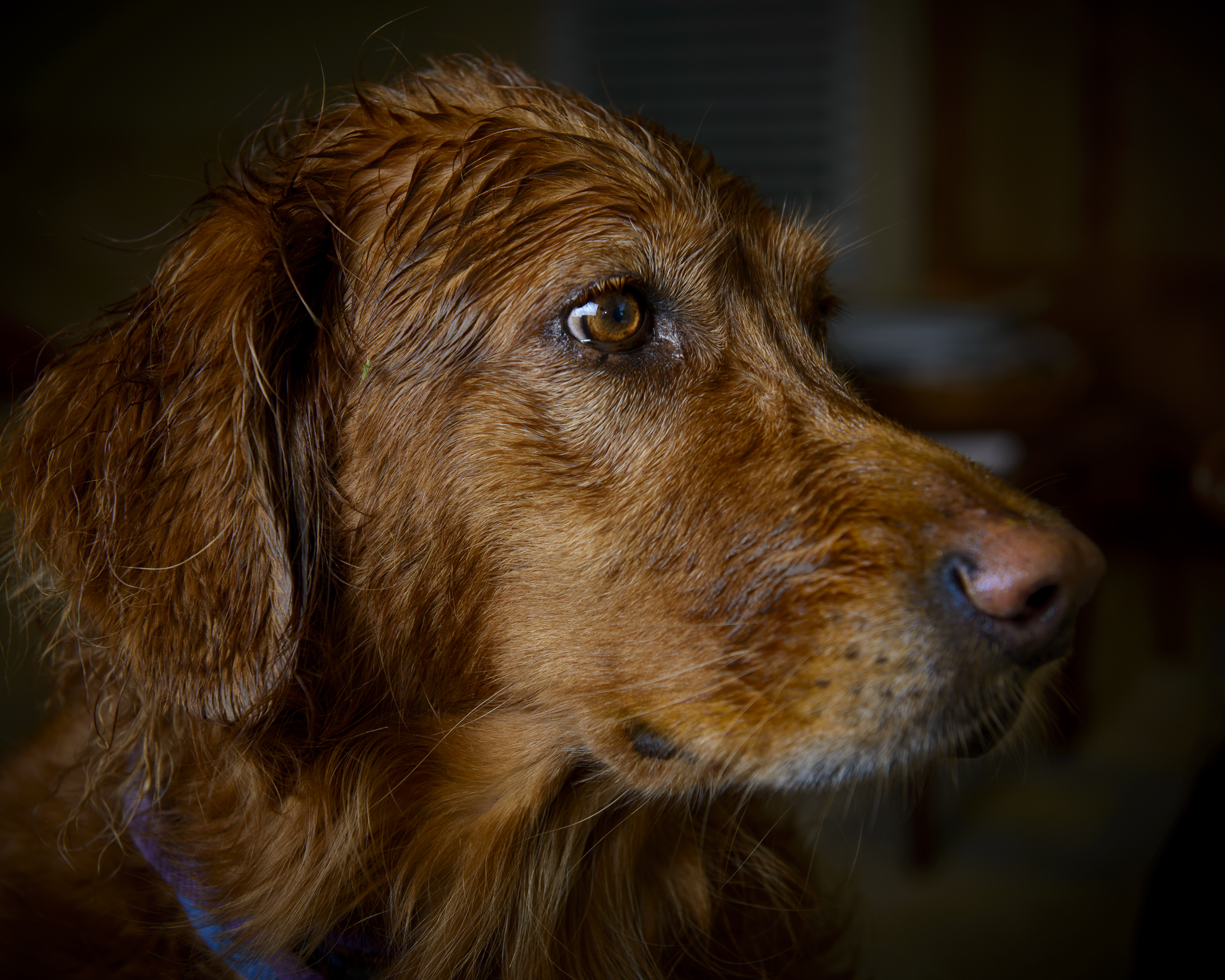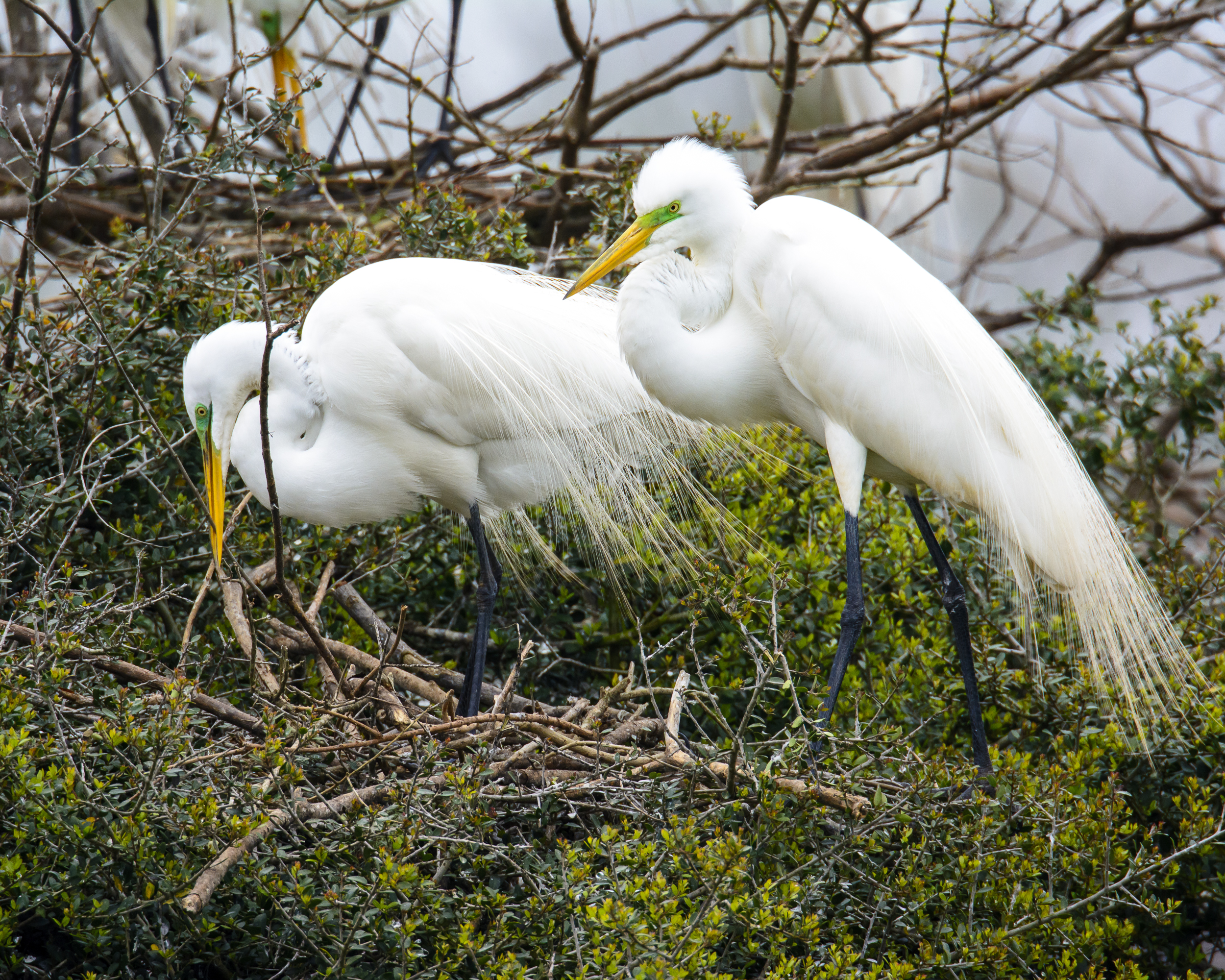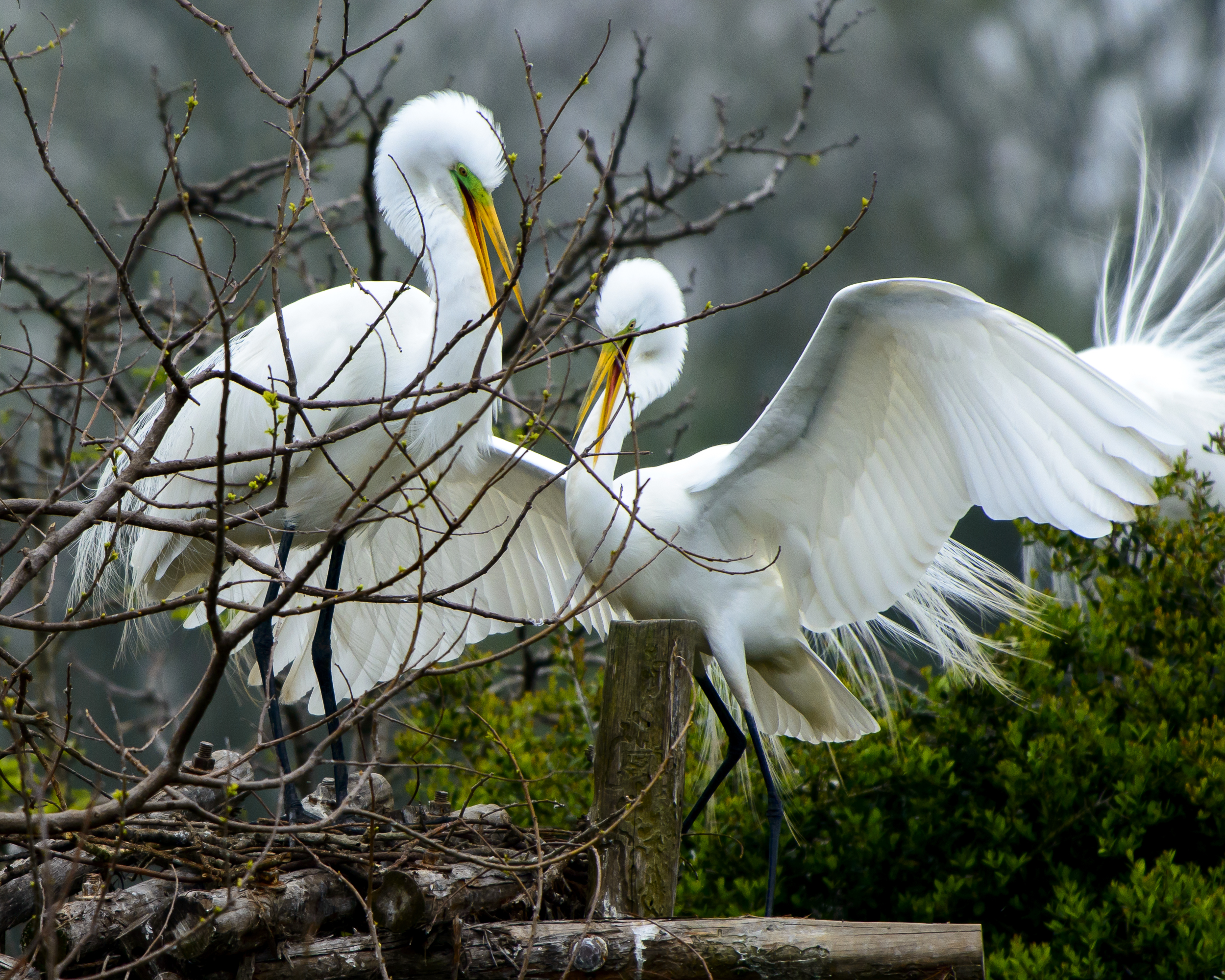I’ve always loved the look of tile roofs. My house has one but my roof has mass manufactured concrete tiles, not handmade clay or adobe tiles like many of the tile roofs of the California missions and other old buildings here and in Europe. When I was looking at my photographs from France the other day, I ran across this shot I took of tiled roofs somewhere in France. I don’t recall exactly where I took these shots but it was somewhere along the Rhône River. The homes look like they might have been there for hundreds of years and the tiles are wonderfully aged with a rainbow of colors on cracked ivy covered stone and stucco walls…with, of course, the requisite TV satellite dishes and antennas to add a more modern look. No sense in artificially aging this photo with textures and filters in an attempt to make the photo look old…the antennas and satellite dishes would be a dead giveaway!
2015—France Revisited
I’ve been reviewing my photographs so that I can choose the ones I want to print for my camera club’s annual print competition. I discovered that a couple of photographs I took in France of iconic images adapted well to monochrome with a little texture added. These two might be candidates for printing.
The first, a photograph of the ancient Roman aqueduct Pont du Gard, has already appeared (click here) in the blog but in full color. I think I like the monochrome version better, especially with a bit of texture added. The second is my new favorite shot of Le Tour Eiffel. I took it looking up with only cloudy sky as a background.
2015—A Tangle Of Monkeys
I’ve been thinking about Costa Rica the past couple of days because I’ve just made arrangements to return to the Osa Peninsula and Luna Lodge this coming January with some photography buddies. The trip will give me another opportunity to photograph this idyllic place. I was thrilled with the photographs I took there and have printed many of them. But, as I reviewed the photos again, I found quite a few that were much better than I’d remembered, especially those from the one day I was so discouraged and distraught over my shortcomings and my unresponsive equipment that I hardly reviewed those shots. I was surprised to discover that I’d photographed what I believe to be a Howler Monkey family tangled high up in a tree. I know I wasn’t the only one of the group to take these shots but I don’t remember anyone saying they were howler monkeys and although I awakened to the sound of the howler monekys every morning, I didn’t think I’d seen one. I know these aren’t white faced monkeys or spider monkeys or squirrel monkeys and I read someplace that Costa Rica has only four species of monkeys, so they must be howlers.
2015—Magic
Something magic happens when my friend Cindy parks next to me at the gym. She has a Lincoln Navigator with chrome wheels that, at certain times of the morning, reflect onto the asphalt parking lot, creating stunning reflected images. The first time I saw this phenomenon I took some shots and Asphalt Glow (click here) was the result. Tuesday morning, as I left the gym and walked past Cindy’s car to mine, there, again, was the eye catching reflection. I took quite a few shots, then edited two in Perfect Effects 9 using some of their preset effects. The first reminds me of a star studded sky with searchlights. The second, after applying one of the preset light leak effects (reminiscent of old film days), reminds me of a lighted Ferris Wheel at night. As I said, magic!
2015—Butterfly Bush
My butterfly bush is doing its job and attracting butterflies! This is a common buckeye butterfly (Junonia Coenia) and its tongue is quite visible snaking down into the florets to drink the nectar in the second shot. I took these with the D7100 and 70-200mm lens at f/4, ISO 200, 200mm focal length using Aperture Priority. Shutter speeds ranged from 1/640 to 1/1250. I didn’t pay attention to the aperture and realized too late that the lens was wide open rendering such a shallow depth of field that the back edges of the bottom wings are slightly out of focus in a couple of the shots.
2015—Spectacled Owls—There And Here
Owls are intriguing and elusive raptors. I had an incredible opportunity to photograph a Spectacled Owl in the wild in the middle of the rainforest in Costa Rica this past January. After we had cautiously negotiated our way through the pathless tangle of vines in the midst of the dense foliage and oppressive humidity of the rainforest, trudging along shouldering our tripods, cameras and long lenses, fording a small creek, and finally photographing our target, a poison dart frog, our guide Gary spotted a pair of spectacled owls high in the trees. They were wary and we tried to be as quiet and unobtrusive as possible while we jostled for position below. My viewfinder had fogged up but I still managed to capture one of the pair and when it moved, I was even able to pick up and move my gear and find my target again.
A couple of Sundays ago, at the California Foundation for Birds of Prey Open House, I had a much easier time photographing a captive bred Spectacled Owl, Owlsley, the newest owl addition to Kate Marden’s West Coast Falconry operation in Marysville. He is not yet mature so the markings are not quite the same as the bird in the wild and the difference in Owlsley’s feathers in just a few months is amazing to see. And, if you look closely, I’m reflected in Owlsley’s eyeballs in the next to the last shot.
There, Spectacled Owl, in the Costa Rican rainforest on the Osa Peninsula in January 2015:
Here, Owlsley, captive bred, in California, in September 2014 and May 2015:
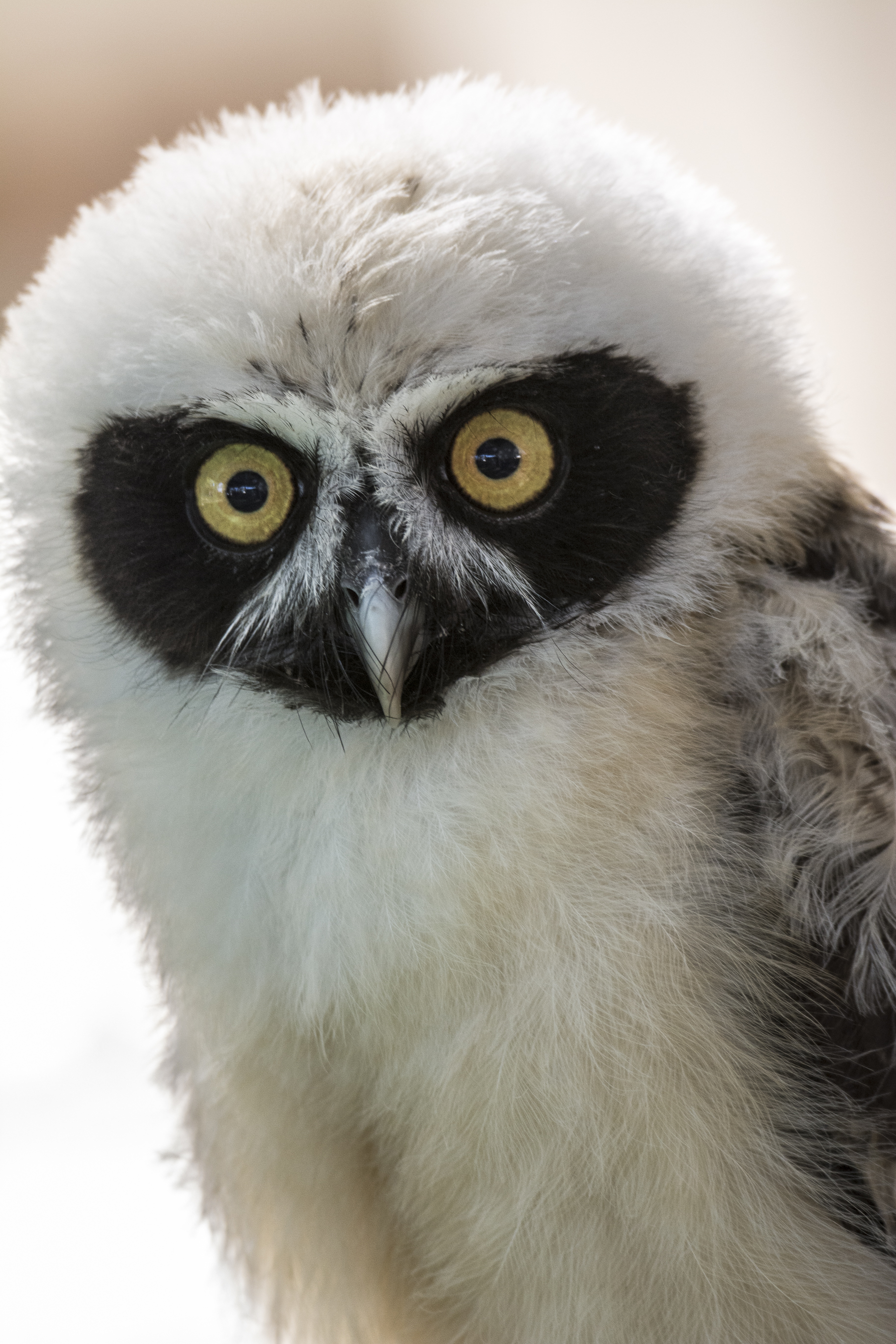
2015—California Golden Poppies — Black and White
California golden poppies, the official state flower, are prolific now and appear in every field and along just about every roadside and sometimes planted on purpose in gardens. They are my favorite wildflower and I found these at Miner’s Ravine while walking Mady at high noon on Sunday, not the best time to photograph anything. When I looked at the photographs, I decided to edit them in Perfect B&W 9 Suite because I wanted something a little different.
2015—When Do I Get To Go For My Walk?
2015—Boat Shuttles
We’re trying to find a home for Mom’s loom which she had made by a craftsman in Stockton in the late 1950’s. That company is still in business but we’ve discovered it’s not easy finding a home for a large floor loom and all of its associated parts and pieces. I went to Santa Rosa on Friday on other business and took some photographs of the loom. As I photographed the shuttles, they reminded me of canoes and, indeed, they are called boat shuttles.
2015—Street Photography
In the 1930’s and 1940’s, street photographers took images of passersby and, I presume, sold them to those same passersby. I don’t know how long it took for the photographer to deliver the finished photograph to the subject or what the process was. I only know that in the boxes of family photographs I’ve recently acquired, there are quite a number of photos of family members walking on a sidewalk in either downtown Oakland or San Francisco.
I found this photograph of my mother, Evelyn, on the left and her sister, Ethel, on the right and decided to take my own photograph of the photograph and feature it on my blog because I reconnected with my cousin Penny a couple of days ago after many years. Her mother is Ethel.
These gals are dressed to the nines (of course today we’d think of it as “dressed to the nines” but they were probably merely going shopping at a time when dressing up and wearing hats and gloves was commonplace and expected for women when they left the house. I believe this photograph was taken in the late 1930’s when these sisters were in their early 20’s. The photograph is undated but because the skirts are long, I know it’s pre World War II.
I processed it in Silver Efex Pro and added a border and enhanced the brown tones a bit. It’s a small, 2 1/2 by 3 1/2 inch photo, a common size for that time period. I love the expressions of these two sisters looking directly at the photographer and I also love that they’re walking arm in arm.
2015—Geese Crossing
Just down the street from where Famous Mo’s Coffeehouse & Theater used to be on Rocklin Road in Rocklin, there is a yellow diamond shaped warning sign posted at the corner that says “Geese Crossing” with a drawing of some geese. I’d seen geese around the area when Famous Mo’s was open but once road work started on the roundabouts that turned out to be the demise of Famous Mo’s, the geese disappeared. Wednesday morning, I was in the same shopping center as Famous Mo’s, for a training session with my personal trainer Noelle. As we were leaving, she pointed to a family of four Canada geese heading across the parking lot toward the street. We each grabbed our cameras and raced to the sidewalk but by the time we got there, they were already in the street. I was concerned about their safety crossing the busy street but I needn’t have worried. The adult geese stood, waited, and watched for cars to pass. Plus, the traffic calming roundabouts did their job and slowed the traffic and although the “Geese Crossing” sign was about a block away, it seemed to have served its purpose, too.
I only got a couple of useable shots. In the first, Mama, Papa, and one of the babies prepare to cross the street. In the second, Junior, bringing up the rear, hurries to catch the rest of the family.
2015—One Picture’s Worth A Thousand Words
I had a very busy day Tuesday; I spent from 10AM to 3:30PM taking photographs for my friends at Vaneli’s Handcrafted Coffee and the rest of my day was busy preparing treats to take to my camera club Tuesday evening. I entered three photographs (all birds in flight) for image critique at the meeting; two of Mariposa the Harris’s hawk that I featured here the last two days, and the third of an egret from my trip to the High Island Rookery in Texas. I entered one of the Mariposa shots in the Photo Journalist category which has stringent rules and which I’ve only dared enter once before. I consider last year’s entry critique a character building experience as I was sharply criticized for altering the colors in the photograph of some cyclists in last year’s Amgen Tour of California. Tuesday night’s judge, a photojournalist by profession, was the same judge who gave me the low score in the Photo Journalism category last year so I thought I’d try again and see if I could improve in his eyes. I was very nervous so I was thrilled to get a 12 for this shot, the highest score possible. By the way, I got a 12 on my egret shot and an 11 on the other shot of Mariposa. I was graded down on that shot (one I featured in the blog on Sunday) because I had apparently decreased the shadows too much which caused the photograph to have almost a painted or drawn quality, making it look less like a photograph. That surprised me a bit because I didn’t see that, but it’s something I’ll have to watch out for and work even harder to make sure my exposures are more accurate obviating the need to make adjustments like decreasing shadows.
2015—A Real Crowd Pleaser
I can’t resist featuring Mariposa again. This talented Harris’s hawk was a real crowd pleaser at the California Foundation for Birds of Prey Open House this past Sunday. Kate and Marya of Westcoast Falconry flew Mariposa back and forth over and between the onlookers and low over their heads. Mariposa has been trained using operant conditioning, also known as positive reinforcement or “clicker” training. I’ve used that technique myself to train Bobo. It is effective but must be reenforced (hence the name positive “reenforcement” training). I admit to being a slackard when it comes to training Bobo. Maybe I’ll take her with me next year to watch Mariposa in action.
The photos show how low and close to the onlookers Mariposa flew. In some of the photos, Mariposa’s blue and yellow telemetry device, used to track her if she flies off course, can be seen on her back near her tail feathers. Mariposa seems to enjoy this activity and although she flew into the trees a couple of times, she immediately responded to the commands from her handlers and returned to their gloved hands so the telemetry wasn’t needed. The repeated fly overs gave me an opportunity to practice photographing birds in flight and I was thrilled to get quite a few that are in focus. Of course, unlike wild birds that I attempt to photograph, her flight path was predictable, but practice is practice and I especially love watching raptors flying so this was another great experience for me. In the next to the last shot, Mariposa is concentrating on watching the treat that her handlers have tossed in the air for her to retrieve. Yesterday’s post showed her retrieving the treat.
2015—Mariposa
Yesterday, I posted some photos of a butterfly. Today’s photos are also of a “mariposa” (Spanish for butterfly) but this Mariposa has talons. Sunday was the annual open house at the California Foundation for Birds of Prey. One of the features of the open house is a free flight demonstration put on by Kate Marden of West Coast Falconry. Kate usually flies a hybrid falcon called Webster but concerns about “Omar,” the resident (wild) red tailed hawk who has claimed the trees and skies around CFBP headquarters as his territory, might attack Webster so that kept Webster from making an appearance. In his stead, Mariposa, a Harris’s hawk, native to the American Southwest, provided the in-flight demonstrations. Her low flights through the delighted crowd of onlookers made this demonstration a huge hit.
After several passes through the crowd, Kate thought Mariposa was showing signs of boredom so she changed the demonstration. She and her assistant, Marya, took turns as one tossed a small chunk of jack rabbit (caught by Mariposa on a hunting expedition a few days ago) into the air and the other simultaneously released Mariposa to catch the reward in midair.
These five shots are from two separate sequences. I took the first two shots at 110mm and cropped them to a 16 X 9 aspect ratio. In the first shot, Mariposa catches the meat in her talons, then flips over and heads back down to eat her reward. I took the next three shots at 200mm and cropped them to 8 x 10. In the first of these shots, Mariposa misses the meat. It can be seen to the right of her head, just over her left wing. I cut off tip of the left wing but I thought the shot was incredible so I’m posting it despite the missing wingtip. In the next two shots, Mariposa turns and flies back down to the ground to find what she missed. The last one barely made it in the frame. I think these shots all qualify as having “gesture.”
2015—It’s A Long Way To Fritillary
At least it could be a long way from home for this Gulf Fritillary, although the species apparently has returned to the Sacramento area and recolonized after an absence of about 40 years. After I did a Google search (thank you, Google) to identify the butterfly I didn’t remember seeing before today, I learned that, according to UC Davis professor of Evolution and Ecology, Dr. Arthur Shapiro, this showy subtropical butterfly whose normal range is from the Southern United States south to Argentina first returned to the area just a few years ago. You can read more about the Gulf Fritillary here.
When I planted my vegetable garden a couple of weeks ago, I also planted a butterfly bush and hoped to attract hummingbirds to it. So far I haven’t seen any of the hummers go to it but Saturday afternoon, while on the telephone with my friend Susan in Wisconsin, I saw an orange butterfly fly by and head straight to the butterfly bush. An aptly named plant I must admit. My D7100 with the 80-400mm lens was sitting on the kitchen table and the patio door was open to allow Mady to come and go as she pleased. I jumped up, grabbed the camera, cradled the phone between my shoulder and ear and managed to get several in focus shots. And, unlike many other butterflies that are very elusive and skitterish, the gulf fritillary is not readily spooked and I was able to step closer and closer. It finally left the butterfly bush and landed on the Spiraea where I captured a couple more shots. This butterfly’s wings have become a bit tattered but the colors are still quite brilliant.
2015—The Feeder
I spent a frustrating hour late yesterday afternoon trying to capture one of the hummers at the feeder. The male shooed the female away when she tried to feed. When she was allowed to feed, she always landed on the opposite side of the feeder so all I got was photos (in focus by the way) of tails and feet. I watched the male as he surveyed his territory from high up in the xylosma tree and he almost nodded off a few times in the warm sun. I caught several shots of his eyes half closed.
Part of my frustration came from using the tripod so I abandoned it and moved from the sun into the shade of the house. I finally got a few shots of the male warily watching me but the in flight shots reminded me of so many of the shots I got at the rookery in Texas: either the front half of the bird or the back half of the bird, not the entire bird in one shot.
When I reviewed the shots, I found an interesting one and fortunately, the entire bird is in the shot, but just barely. It shows his hollow tongue with what appear to be bubbles of nectar in the tube/tongue so I cropped the shot and included it with two of him sitting on the feeder. His wings appear to have new feathers emerging.
I always feel better when I have a few decent hummingbird shots to feature on my blog.
2015—Wild Flowers In The Rain
Mady and I went for a late afternoon walk and I forgot to check the weather forecast which, at this time of year and given the drought conditions, should have been clear and warm. Mady and I were caught in a thunderstorm as we walked at Miner’s Ravine but not before I took some shots of wildflowers. I took my D7100 and my 18-200mm lens because I didn’t want to be burdened with a huge lens and a heavy camera with Mady tugging at her leash. While we waited out the worst of the storm under an over crossing with a couple of cyclists, I took some shots of raindrops on the creek. When it didn’t look like the rain was going to let up and I realized that I had an unused poop bag, I covered the camera with the bag and Mady and I walked the half mile back to the car. When we got home, it was dry but the thunderstorm arrived about an hour after our return.
2015—Wet Dog
It smells like wet dog at my house. Yes, Mady is back for a week or so and this morning, after plunging her head into the fountain to drink—the fountain base has become her drinking bowl of choice—then rolling on the freshly irrigated lawn, she was thoroughly drenched. I decided to use her as a model to try out my new Quickbox soft box lighting kit that arrived yesterday. I attached the soft box to the base, attached the speed light set to remote, and directed it into the soft box. Then I had Mady sit a couple of feet away and this is the result, without changing the output of the flash. She decided sitting there for long was not what she wanted to do so I didn’t get to experiment very much.
I learned about the Impact Quickbox portable light box from Scott Kelby at the Photography workshop I attended in Sacramento a couple of months ago. I decided to order it the other day because I’m going to be doing some product photography for my favorite coffee people next week and I thought I should probably have better, more reliable lighting for that session.
2015—Rosey’s Six Months Old!
Happy six month birthday, Rosey! She is as cute as ever and yesterday my friend Peggy asked me to take some action shots of Rosey to celebrate her first six months of life. She is rambunctious and constantly on the move so Peggy threw a tennis ball while I took photos. After almost an hour, Rosey pooped out and the three of us were happy to stop and take a break.
2015—Meanwhile, Back At The Rookery
I took some time last evening to review some of the photographs I took when I visited my friend Connie in Texas in March. My favorite shots from those few precious days were from the Smith Oaks Rookery at High Island near Galveston. What a wonderful experience that was. We were so close to the nesting egrets, cormorants, and roseate spoonbills that our long lenses got us too close for some shots. I accomplished my goal for the trip which was to capture a roseate spoonbill in flight and in focus but I have to say that my favorite captures from those days at the rookery were the elegant great egrets. Here are a few more egrets from that trip. There was constant movement and nest building activity (we even saw some greenish blue eggs in one egret nest), lots of interaction between and among the egrets, and three unrelated species (egrets, cormorants, and spoonbills) nesting within inches of each other. It was a privilege to witness this fascinating facet of their lives, and, it was all thanks to the Audubon Society which oversees the area and makes this viewing possible.

